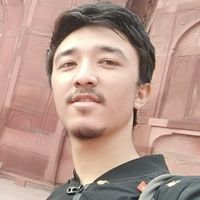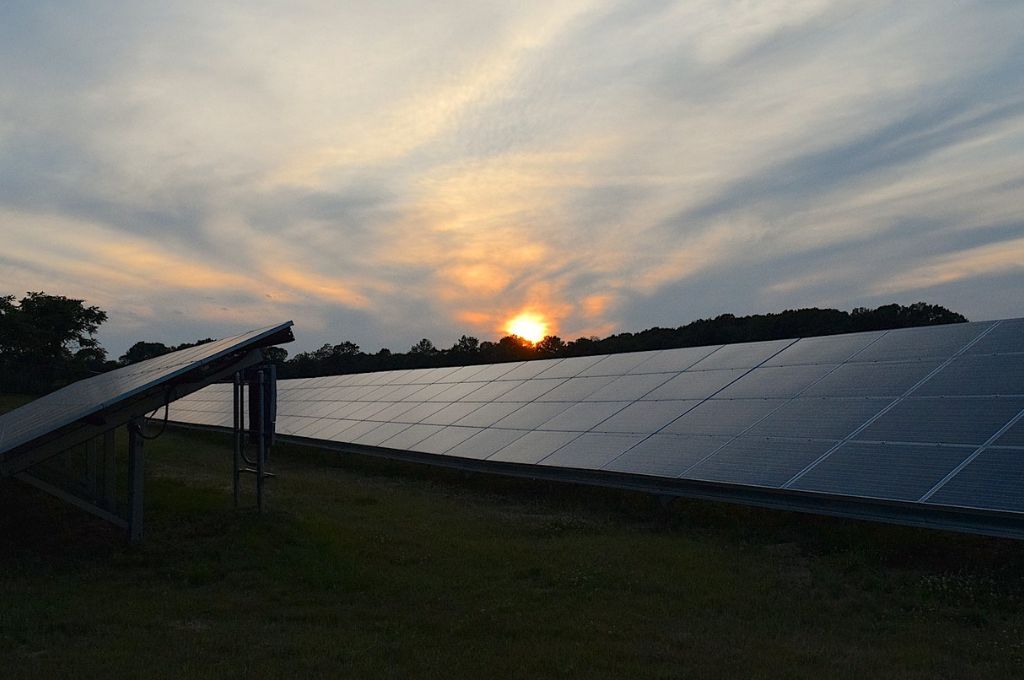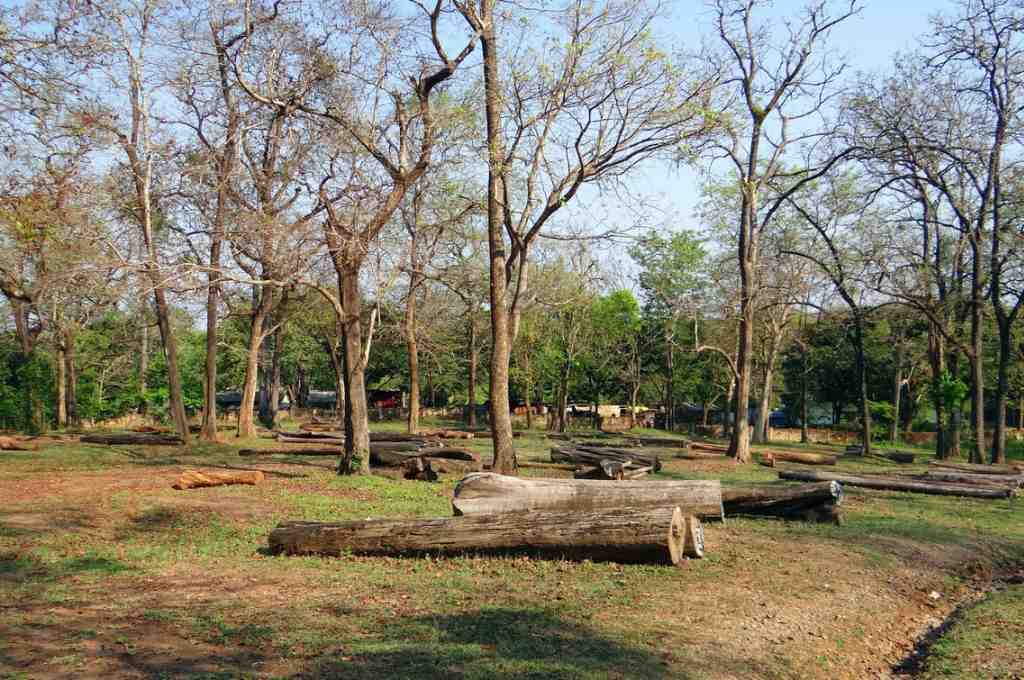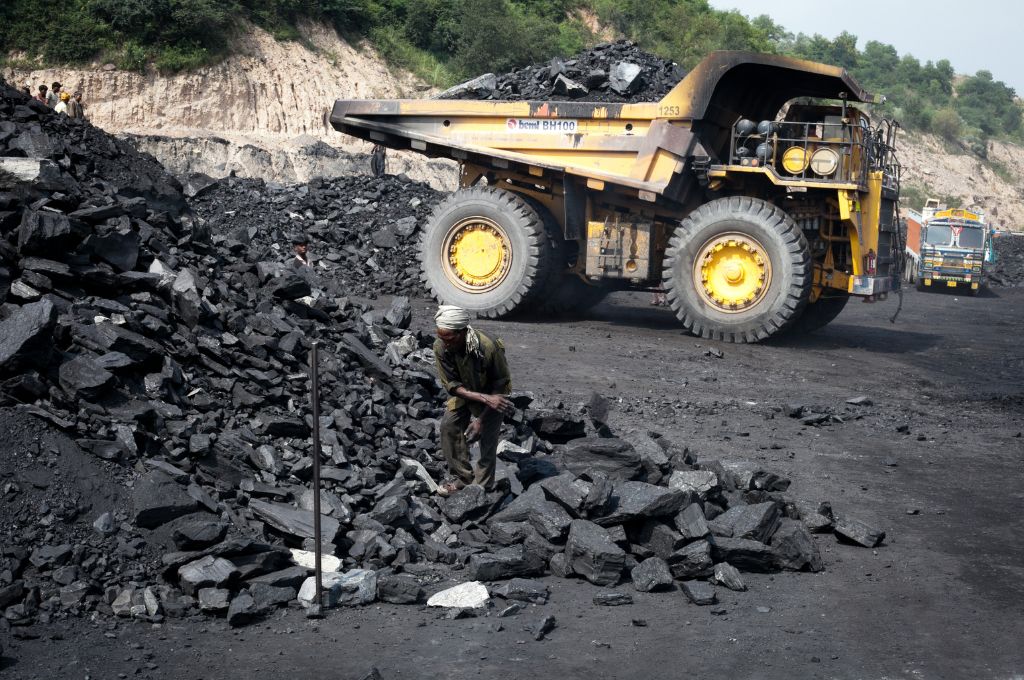I am a resident of Phey village in Ladakh’s Leh district, where I promote sustainable tourism and proper waste management. My work involves engaging with the young people of the community to create awareness about the harmful effects of waste on our environment, facilitating conversations around waste management at the panchayat level, and educating tourists about the importance of ecotourism. To achieve this, I use a combination of digital media, placards, and films, in addition to verbal communication.
Much of my understanding of environmental issues developed during my days as an economics undergraduate at PGDAV College in Delhi University. I went to Delhi on a government scholarship in 2019. In a way, it all happened by chance. I took up economics in class 12 only because it was easy to score marks in the subject. I didn’t have any clear goals about a future in economics. When I got the scholarship and shifted cities, it was the first time I had stepped out of Ladakh. I couldn’t bear the heat in Delhi. Being much larger in population compared to Ladakh, the state produced an amount of waste I had never seen before. I joined an environmental society in college called Geo Crusaders. My interactions with the members broadened my perception of the city’s waste problem. They had what they called ‘hills’, but they were hills made of garbage.
Since my return from Delhi, I started seeing my home town’s waste landscape in a new light.
My time in Delhi helped me later with my work in Leh. When COVID-19 struck in 2020 and college was shut, I had to return home, and I’ve been here since except for a short trip to Delhi in 2022 for my exams. I started seeing my home town’s waste landscape in a new light, and began working with my community on the various issues around waste management that we were struggling with. The first problem was limited awareness about the environment, and the second was the issue of dry-waste segregation.
8 AM: I wake up and have breakfast with my family—my parents, younger brother, and sister. Mummy manages the household and also works as an ASHA at the health centre in the village and Papa has a government job at the Public Works Department. They are happy with my interests and work. My siblings are younger than me; my brother studies in class 11 and my sister studies in class 3.
After breakfast, I leave for work. I recently joined an environmental nonprofit, Little Green World, as a field assistant. They are a consultancy focused on disseminating knowledge about the environment through teacher trainings and workshops with the youth. Little Green World’s office is in the main area of Leh. Our village is a little away from the city, so I look for a vehicle; on the days that I can’t find anything, I hitch-hike. I reach office at 10 am. This is the first time I have been formally employed; I am learning how to apply field work in a job environment. There’s a set plan and a timeline to doing things—we visit a school, conduct workshops with children, and follow up with them later about the lessons. I want to learn more about the environmental space, and I hope this job will help me do that.
During my years in Delhi, my work and learning had been almost entirely informal, but it was a beginning. As I gained awareness, I started with small changes in my personal life. I would always carry a bag to buy fruits and vegetables, because otherwise the vendors would hand me plastic packets. I would tell people in my circle to follow the same routine. Whenever my friends would forget to carry a bag, they would sheepishly accept their mistake to me.
I still believe that it takes small steps to bring about change. When I started working with children in Leh, I distributed bamboo toothbrushes to them so that they have a biodegradable option for this daily-use item. I wanted them to see this bamboo toothbrush every morning and think about how it had replaced a harmful alternative, turning it into a cause for reflection. This thought would then spread to the other things they do during the day.
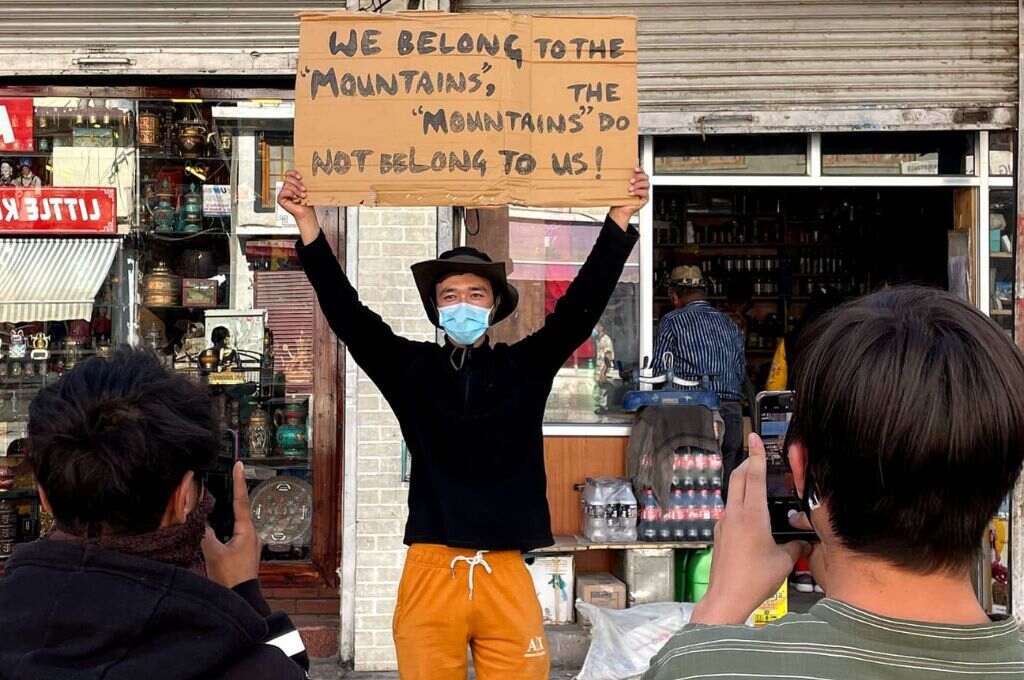
5 PM: Today at work, as I interacted with schoolchildren, it struck me that when workshops have incentives, the children are more interested. On my ride back home, I kept thinking about organising a drawing competition for Lothun Lobthuk Tsogspa Phey (United Youth Group of Phey), a group I started for students of classes 5–6. After I reach home and freshen up, I speak with Mummy and she too feels it’s a great idea. So I text on Lothun Lobthuk Tsogspa Phey’s WhatsApp group for the children to gather.
It turns out to be a great session. The children draw pictures to show the state of the earth. One of the pictures depicts clean water and greenery on one side and industrial waste and pollution on the other—it shows us what’s possible and what the earth is turning into.
My evenings are flexible; there’s no set pattern to them. Some days I go play football with students from classes 11–12, because I love the sport. On other days I watch movies such as Wall-E and Finding Nemo with the children. This is usually followed by an informal discussion. For example, after watching Finding Nemo, we talked about the marine environment and how fishes are affected when we move them out of their habitat.
When we started, the children did not know any better than I did when I was their age.
Lothun Lobthuk Tsogspa Phey has been very important for the children and me since its inception in the second half of 2020, just after the lockdown was lifted. When I returned from Delhi and realised that Leh lacks proper waste recycling infrastructure, I started mobilising children into a group because I believe that children are the future. I could not have done anything without them. When we started, they did not know any better than I did when I was their age. They were unaware of the harm that use-and-throw plastic causes and why proper garbage disposal is necessary. But now they are participating in cleanliness drives!
The first cleanliness drive took place during the first wave of the pandemic when the children were sitting at home and getting bored. I asked them, “June 5 is World Environment Day; should we conduct a cleanliness drive?” They said yes. Mummy prepared lunch for the kids, so while they helped in waste segregation, it also became a picnic for them.
During this period, I had the idea to try out a process I had seen on YouTube and Instagram. It is called ‘bottle break’ and involves collecting garbage in plastic bottles to turn it into something useful, like a building brick. But this initiative was not met with much enthusiasm by the locals, especially the elders. They were more difficult to convince than the children. Eventually, I had to make the environment more tangible for them to understand. One of the ways was to ask them why they think Leh and Ladakh are hotter now than before. Recently, the Kargil and Zanskar areas were affected by floods. As these natural disasters are more frequent now, I use them to build out conversations.
The second cleanliness drive was conducted with mostly students from classes 11–12 and college. This was the first time I had approached the local government for support. It helped that my mother is an ASHA and has some goodwill with the administration here, so they are not suspicious of my intentions. Through the local panchayat, we received a fund for plastic segregation. There is only one segregation centre in Leh, which is in the main city. I took the group there with the support of the panchayat and the authorities—they arranged the transport for us. We took the centre’s permission to carry the waste there and, once they told us how to go about the segregation, we separated PET bottles, hazardous materials, and cardboard.
We noticed that the segregation centre was not free of problems itself. There were dogs everywhere, and they would come and chew on discarded materials such as sanitary pads. Slowly, the children in the locality started getting invested in these issues.
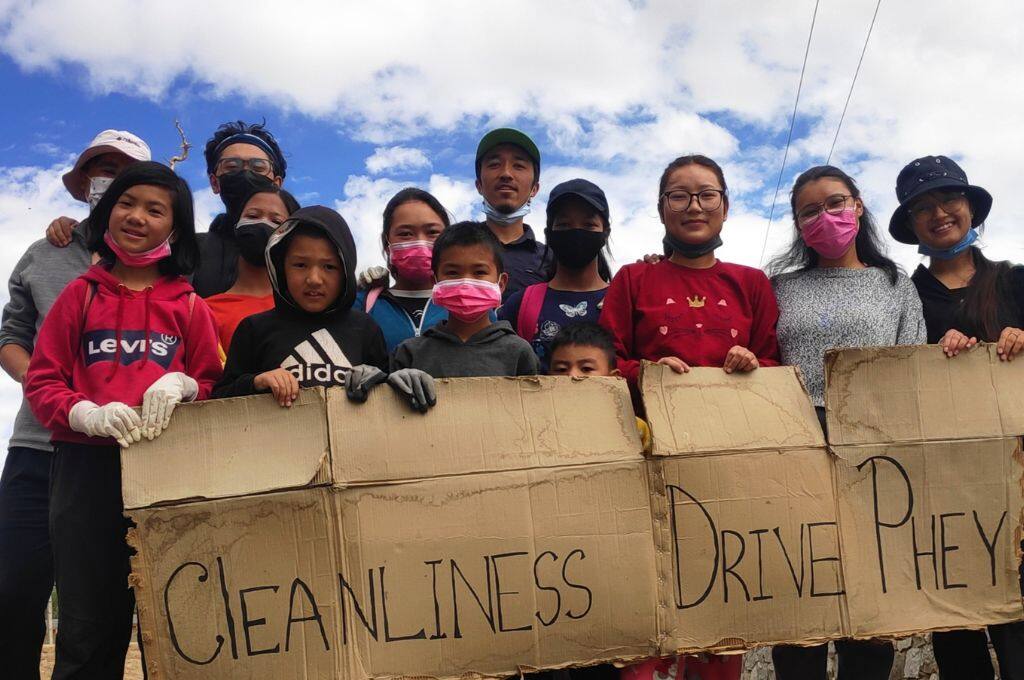
9 PM: I enjoy cooking, so I help Mummy with it. During this time, I also discuss my day with her. Today we are talking about the importance of collaboration to achieve any goal. She knows a lot about mobilising people because she does it for a living as a health worker and member of a self-help group for ASHAs. I saw how hectic her work was during the pandemic when she had to go from house to house to convince people about the vaccine, and then organise vaccination drives.
We have dinner, and I am in bed by 10–11 pm. If I am not too tired, I spend some time reflecting on my day and thinking of new ways to involve the youth in our work. Leh has many problems, but a lack of will to change is not one of them.
The kids I met in Delhi were interested in getting their certificates, which they could then add to their CVs. It was mandatory for them to attend, so they did. They participated in the cleaning, clicked pictures, and uploaded them on Instagram; they didn’t engage too deeply. Here, on the other hand, while participation is not compulsory, the children still come happily. After segregating the plastic bottles and numbering them, they ask, “What should we do with these now?” They don’t have any resources or cars to drop them, but they have genuine interest in building a better tomorrow.
Young people all over the world have taken it upon themselves to protect the environment. They are more conscious than adults and want to engage and make an impact. Just look at Greta Thunberg—the contribution from her initiative Fridays for Future, now a global environmental movement, has led to policy change and better youth engagement. She and Sonam Wangchuk, an educational reformer from Ladakh, are my role models.
Now there’s a space in the village where waste can be collected and a large pit on the outskirts to separate waste.
I am trying to boost youth participation in village governance, so that young people can become a part of the decision-making process. In the past, the panchayat has invited young people to participate in gram sabhas, but they don’t turn up because they don’t understand the importance of these forums. Even in the two gram sabhas that I attended, I was the only young person. I want to change this. I am glad that our panchayat is open to new ideas. Now there’s a space in the village where waste can be collected and a large pit has been created on the outskirts to separate waste. I recently spoke with the sarpanch about a segregation centre. I have been told that my request has been put forward in the administration, and I will be informed when a decision is made.
However, there are also external challenges that Ladakh faces. It is a popular travel destination and has many tourists coming in on a regular basis, which has its impact on the surroundings. People come here for 10–15 days and want to travel everywhere because they don’t have enough time, but their actions have consequences on the environment. I feel tourists should come and meet the locals, interact with them, and witness their way of life to understand Ladakh. They can stay at homestays instead of hotels to learn about the lifestyle and culture of the people here. After all, the aim of ecotourism is to promote tourists’ interactions with the locals and the natural environment.
One of the things I do to build awareness is that once in a while I go and stand with placards in Leh’s main market, which is frequented by tourists from both within and outside India. I got this idea from the Instagram handle @dudewithsign, run from New York. Some people come up to me to ask what I am doing; usually they click a photo, say “good, good”, and leave. My hope is that some of them think about the message later.
As told to IDR.
—


